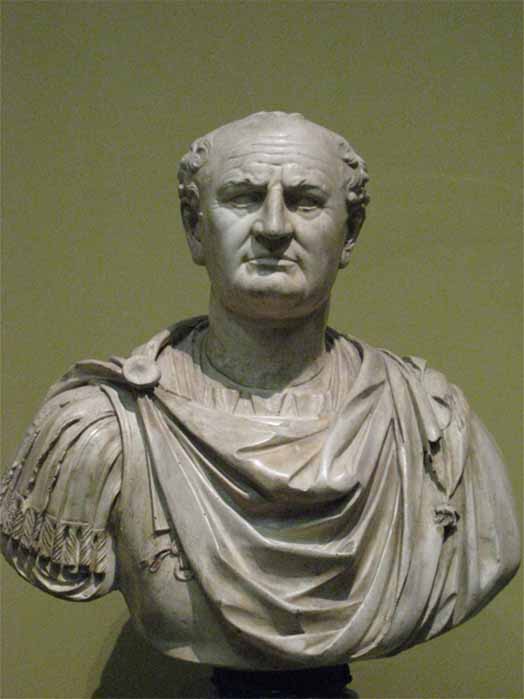
The Recognition Of Monarchy Through History
The well-known story of the Roman Emperor Hadrian’s rebuke at the hands of the petitioner whom he had rebuffed is significant. “ Then, don’t be king!” was her taunt, illustrating the general expectation in a strong popular monarchy that the ruler should be accessible by even the humblest of his subjects. Similar stories are associated with several other rulers in antiquity. Such accessibility is a reflection of the close bond or even symbiotic relationship between strong rulers and their subjects based on mutual dependence.

Statue of Hadrian in military garb, wearing the civic crown and muscle cuirass, from Antalya, Turkey (CC BY-SA 2.0)
The power structure in every society is such that there is a natural antipathy between the ordinary people on the one hand and, on the other, the aristocracy, the wealthy or a privileged elite, whose ambition it always is to acquire power, which is then exercised in an oligarchic form in their own interest and against the interests of the masses in an oligarchic form of government. The only way the masses can overthrow such an oligarchy is under the leadership of a champion, who may in his own person have emerged from the ranks of the privileged but who recognizes that his springboard to power is popular support against the privileged elite. By the same token, the masses gain protection from their champion against the privileged elite. A hereditary monarch can also avail himself of this same feature of the power structure by recognizing that there is a natural alliance of monarch and people against the privileged elite.

Vespasian, rose from the ranks to become Emperor of Rome and on his deathbed rumored to have murmured ‘At last I become a god!’ (CC BY-SA 3.0)
Understanding power structure has been very rare throughout history, among politicians, rulers and historians alike. Prime examples of leaders who did understand it include the Roman Emperors Augustus, Hadrian and Constantine, and in modern times Argentina’s Juan Perón (and even more so his first wife Eva), Cuba’s Fidel Castro, and China’s Mao Zedong and Xi Jinping. One of the very few historians ever to have had any insight into this crucial issue was Niccolò Machiavelli. No recent historian, whether living or dead, has shown the slightest understanding of it.
Like this Preview and want to read on? You can! JOIN US THERE ( with easy, instant access ) and see what you’re missing!! All Premium articles are available in full, with immediate access.
For the price of a cup of coffee, you get this and all the other great benefits at Ancient Origins Premium. And - each time you support AO Premium, you support independent thought and writing.
Dr Michael Arnheim is a practising London Barrister and Sometime Fellow of St John’s College, Cambridge. He has written 23 published books to date, including Why Rome Fell: Decline and Fall, or Drift and Change?
Top Image: King Charles I at Carisbrooke Castle, as painted by Eugène Lami in 1829 (Public Domain)














